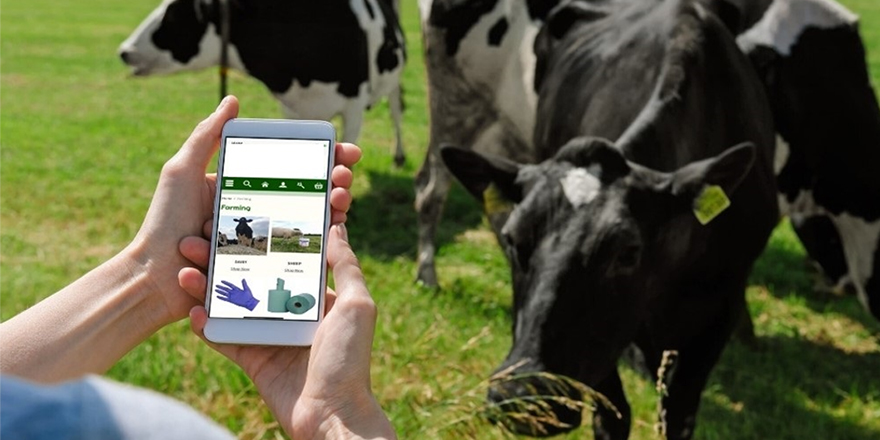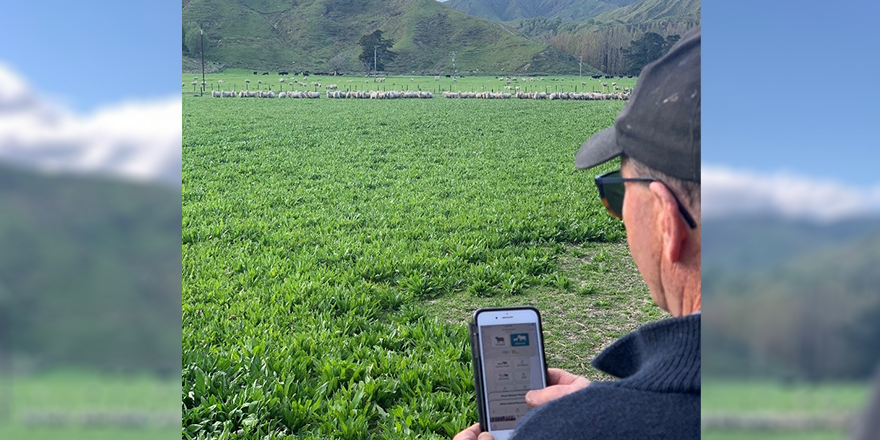Executive summary
Health and Safety in New Zealand’s Agriculture sect or is a hot topic both in the media and in farmer’s discussions. Due to high incidences of injury and deaths in agriculture, farmers are coming under increasing pressure to conform to current legislative standards; however there are multiple issues surrounding both the current and proposed legislation which have caused widespread confusion and frustration amongst farmers.
The aim of this project is to explore the factors affecting current attitudes in Agriculture towards Health and Safety, and seek to understand how change can be brought about. It is not intended to be for the purposes of statistical analysis of future research; rather, the intention is to provide the reader with some understanding of the motivations and thought processes of farmers in regards to health and safety, and explore methods of bringing about change. A review of the projects being currently undertaken by government body WorkSafe NZ provides some context, however it is not intended to be an in-depth review or critique.
Relevant literature was reviewed and ten interviews with farmers were conducted in order to gain comprehensive insight into their perceptions on health and safety. Attending a farmers meeting also provided opportunity for better understanding of farmer’s attitudes. An interview with The Minister for WorkSafe Michael Woodhouse allowed the author to gain further insight into the wider issues and the steps being taken by the government to make progress.
The main issues include farmers’ perceptions of what good health and safety practices look like, and the perceptions around the current and future health and safety legislation. Similarly, the nature of farming in New Zealand means farmers are naturally inclined to be resistant to many of the concepts being introduced by the government body WorkSafe NZ.
However there are some clear strategies that can be applied to agriculture to bring about change in attitudes and perceptions, and although WorkSafe have admitted to having some unforeseen setbacks in their campaigns, they appear to be largely on the right track toward tackling a complex issue. Throughout these reports the findings were consistent. There is no single critical factor behind New Zealand’s poor performance in workplace health and safety. The issue is the result of widespread systemic failure in controls, process, management and culture. There is no single underlying factor or ‘Silver Bullet’ easy solution. In the agriculture and forestry sectors, the following issues and components have been identified in many of the reports:
- There is a high level of risk tolerance amongst those involved
- Inadequate leadership and poor worker engagement
- Inadequate and insufficient understanding of risks, hazards and responsibilities
- Confusing regulations and a weak regulator
- A lack of incentives (positive and negative) to foster behaviour and drive improvement
- Poor data and measurement due to underreporting of some incidents and near-misses
“People like to look for simple solutions for complex problems and that’s the trap … if the answer was simply regulations then it would have been done (in NZ) by now” – BC Forest Safety Ombudsman
Cam Brown, Cameron



